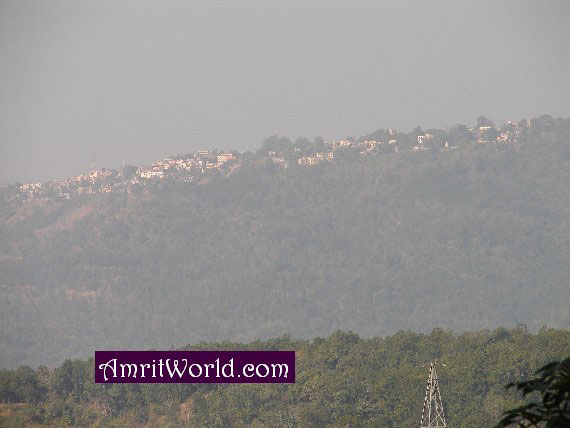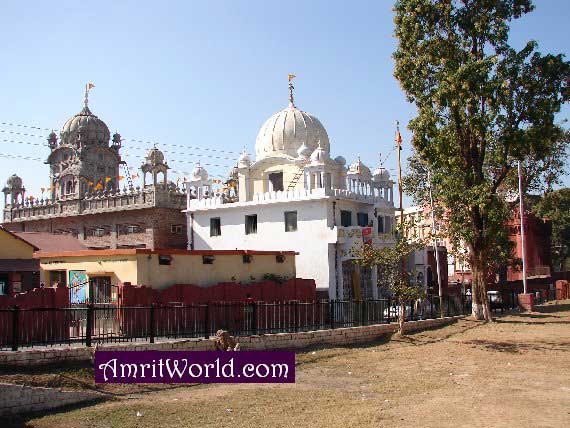Question: Did Guru Gobind Singh Ji pardon Ram Rai? If he did then why does the Sikh Rahat Maryada prohibit Sikhs from having any social relation with followers of Ram Rai?
Answer: Ram Rai, as I understand from the history, was loosing control over his main disciples. Somewhere deep inside him was a feeling that he was dishonoured not only by his father but all of his relatives from parents’ side. Denunciation by father is painful. In case of Ram Rai, it must be more painful as his father was his Guru also.
He was rejected by his father and Guru, Guru Har Rai Sahib Ji. Wherever he went to any Sikh congregation, he was rejected. He was once an honourable member of Sikh community and now he was facing a social boycott.
He remained associated with Aurangzeb’s court. Then, as we know from history, his younger brother, Guru Harkrishan Sahib Ji, was chosen the next Guru of Sikhs. Ram Rai made complaints in this regard to the govt, but could not get the ‘Gurgaddi’ of his father.
Ram Rai was a respectable in Aurangzeb’s court, when Guru Harkrishan Sahib Ji was summoned to the royal court in Delhi. It is understandable that he was summoned on complaints made by Ram Rai.
Very soon, Guru Har Krishan Sahib Ji left for his heavenly abode. Guru Tegh Bahadur Sahib Ji was appointed the next Guru. The holy soul Guru Tegh Bahadur Sahib Ji was martyred by the same government that was helping Ram Rai.
Guru Tegh Bahadur Sahib Ji was real brother of Ram Rai’s grandfather Baba Gurditta Ji When Sikhs put their lives in danger to get body of Guru Tegh Bahadur Sahib Ji, Ram Rai did not even think to help them or show any sympathy.
Dishonoured by father and Guru, and rejected by his own community and relatives, he could merely be happy to establish himself as a Guru in an area far away from his own birth place and own people.
He hurt feelings of his father. He opposed his brother. He did not do anything when brother of his grandfather Guru Tegh Bahadur Sahib Ji was imprisoned. He remained silent when he (Guru Tegh Bahadur Sahib) was martyred. He did this all, but for what? For ‘Gurgaddi’? And this ‘Gurgaddi’ was now going to someone else, because despite his four marriages, he was not blessed with any son or daughter.
It is true that the history tells us Ram Rai came to Guru Gobind Rai Sahib Ji, our tenth Guru. (Guru Gobind Rai Sahib Ji was ‘Chacha’ or uncle of Ram Rai). They met in boats in river Yamuna in the holy city of Paunta Sahib.
Guru Ji removed fears from Ram Rai’s mind. If Ram Rai apoligised, it simply means that Ram Rai accepted that he was on wrong side. If Guru Ji forgave him, it means Ram Rai was accepted as an ordinary Sikh. It also means that Ram Rai himself ended his claim of ‘Guruship’.
(Giani Gian Singh writes in his book Twareekh Guru Khalsa that Ram Rai met Guru Ji for many times afterward).
After Ram Rai’s death, his wife Mata Punjab Kaur invited Guru Gobind Rai Ji to Dehradoon, the head quarters of Ram Rai. Guru Ji went there and appointed Mata Punjab Kaur the ‘Mahant’ of Ram Rai’s ‘Dera’. Other three wives and majority of Ram Rai’s followers wanted Punjab Kaur to be the ‘Mahant’. Here, it should be noted that she was appointed the ‘chief’ of the ‘Dera’. She was NOT appointed the ‘Guru’. (Do not forget that she was daughter-in-law of Guru Gobind Rai Sahib. It was natural that Guru Sahib helped her, when main disciples or ‘Masands’ of Ram Rai were creating troubles).
Punjab Kaur started to recite the ‘Ardaas’ (prayer), as told by Sri Guru Gobind Rai Sahib Ji. According to this new system, Ram Rai was no more considered a Guru. Now ten Sikh Gurus (Guru Nanak Dev Ji to Guru Gobind Rai Ji) were Gurus and Punjab Kaur was a head of the ‘Dera. Punjab Kaur died in Dehradoon, where her ‘Samaadhi’ exists.
There was another group of Ram Rai’s followers. Masand Gurbaksh Rai was their leader. These people never accept Punjab Kaur. A new dera was established in Sri Nangar (Garhwal) and Gurbaksh Rai started to lead this community. (It is also said that Sri Nagar’s ‘Dera’ was established by Ram Rai himself).
These followers of Gurbaksh Rai were known as ‘Ram Raiye’ (followers of Ram Rai). It seems that many followers of Punjab Kaur’s Dera later intermixed with the sect started by Gurbaksh Rai.
All those were known as ‘Ram Raiye’ in Sikh circles. Sikhs of Sri Guru Granth Sahib Ji disassociated themselves from ‘Ram Raiye’. .

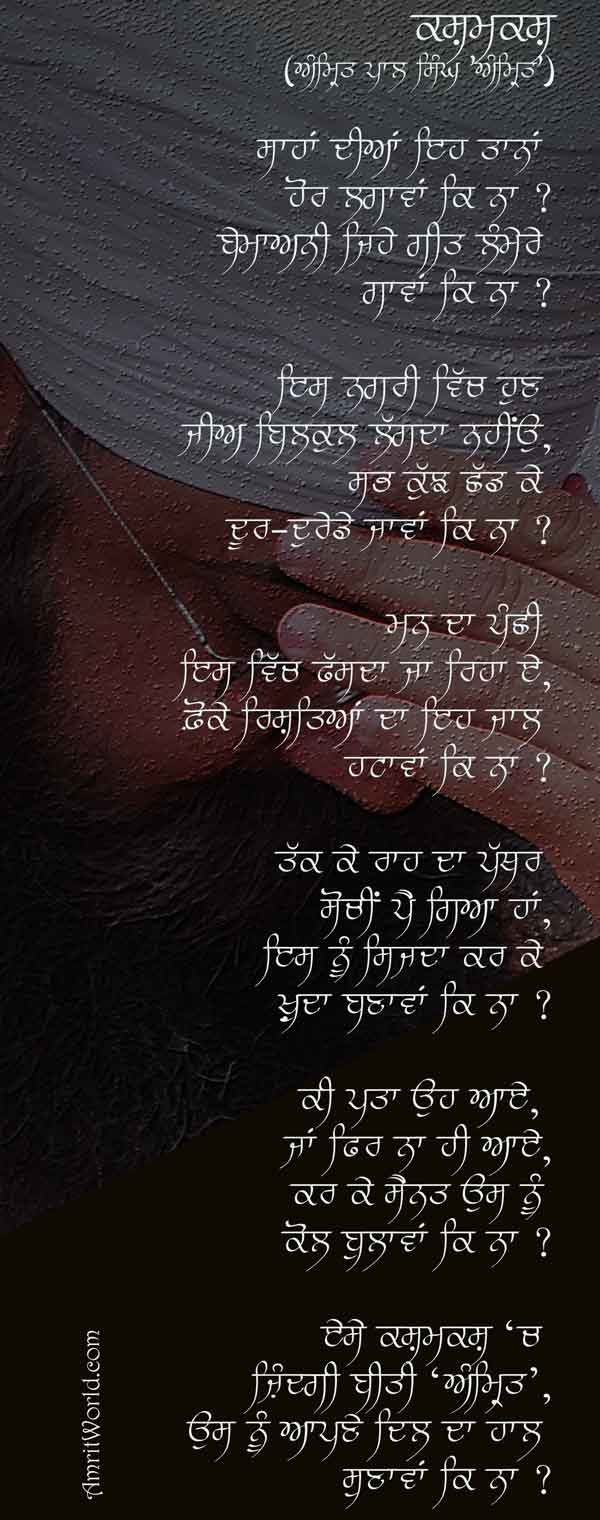
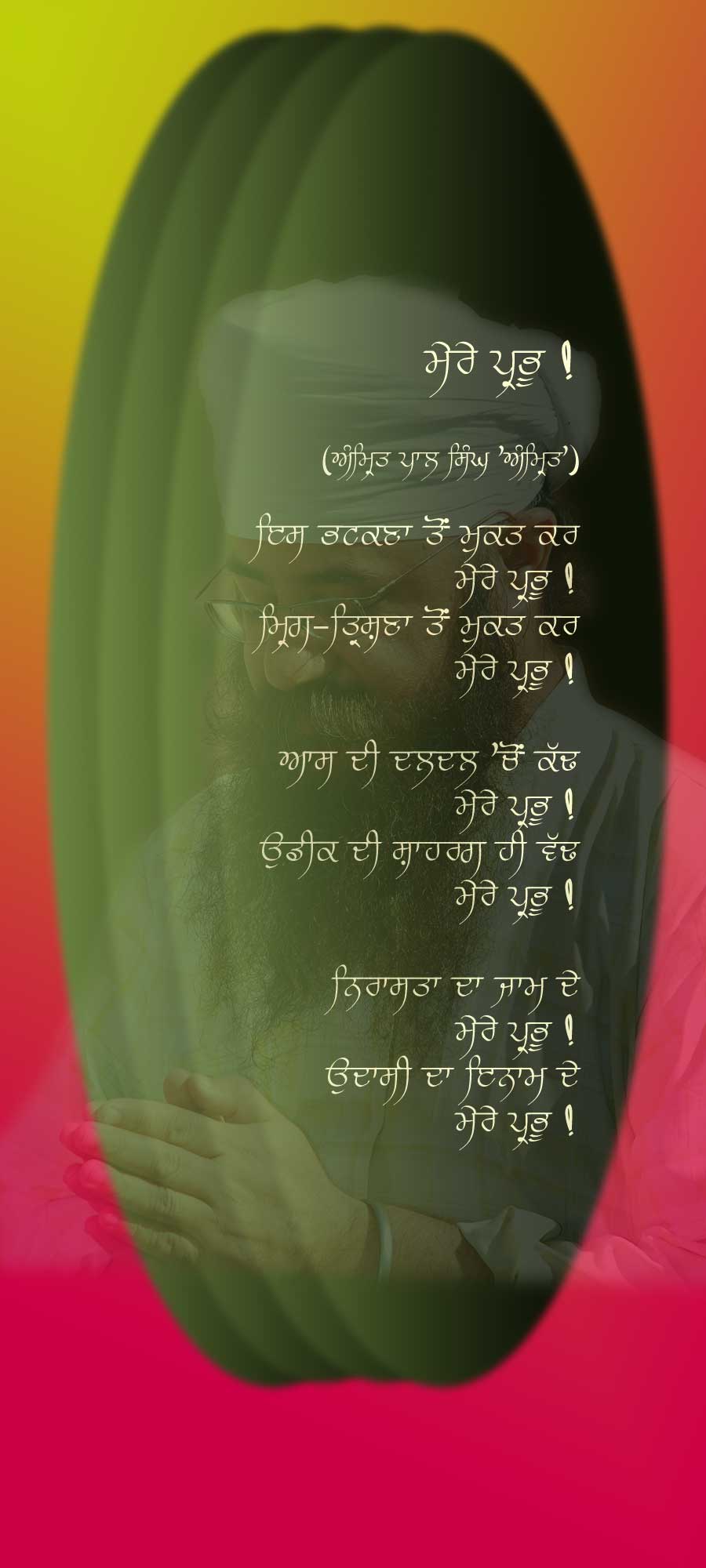
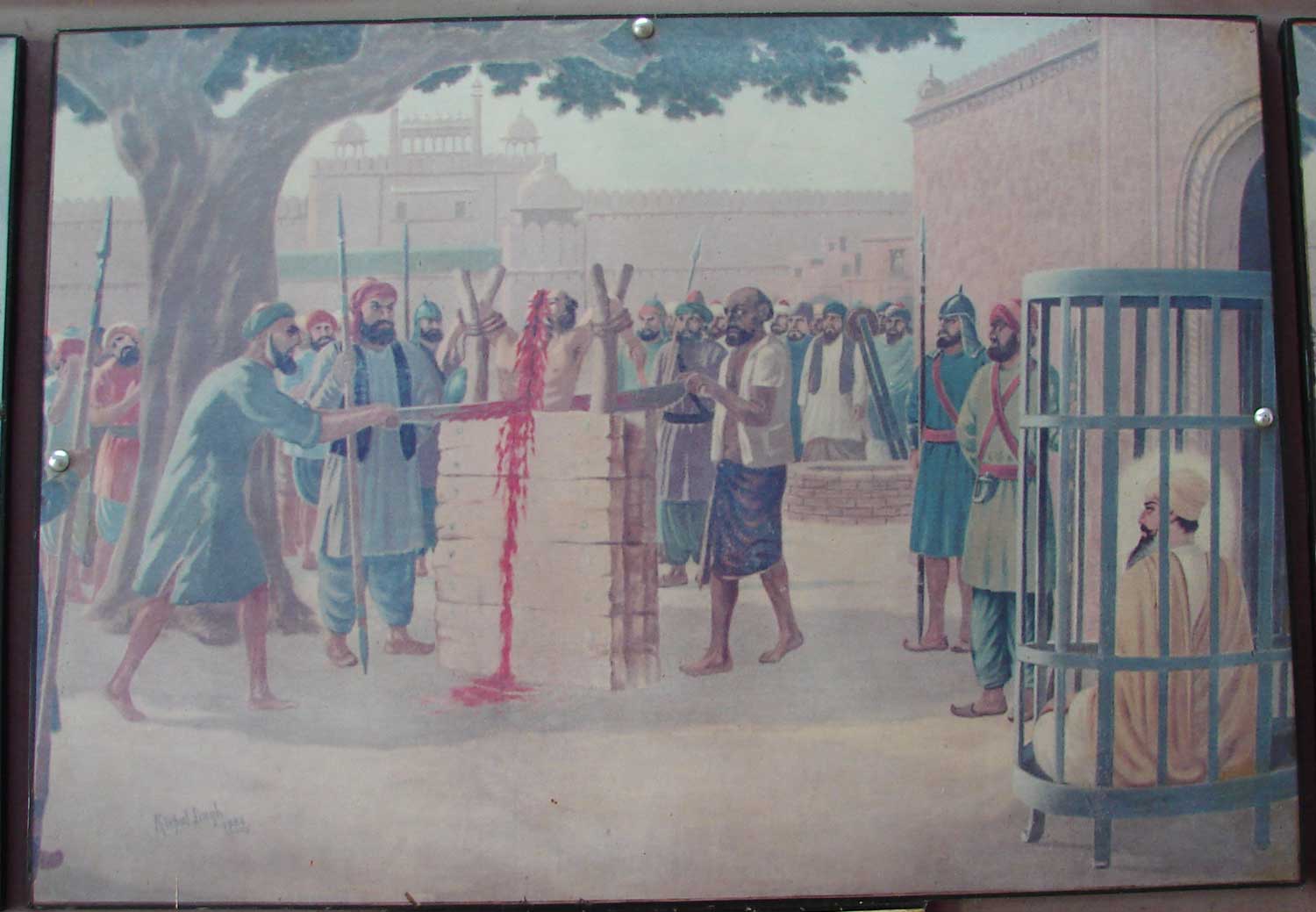
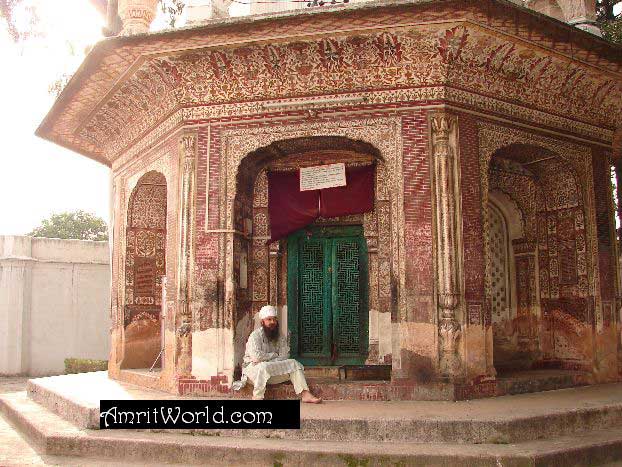 .
.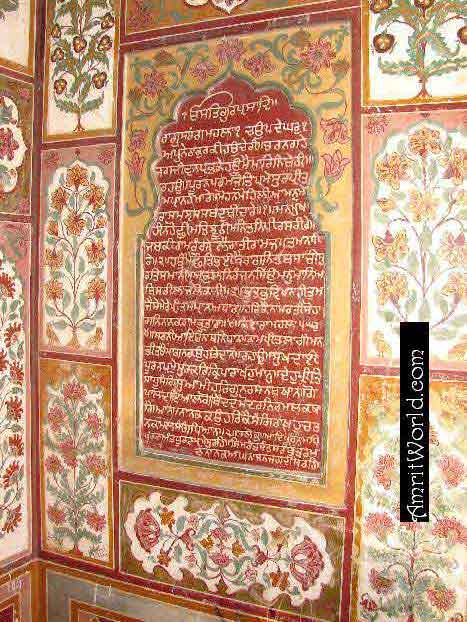 .
.